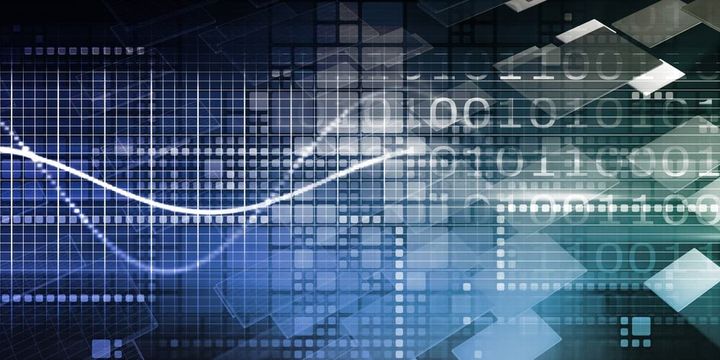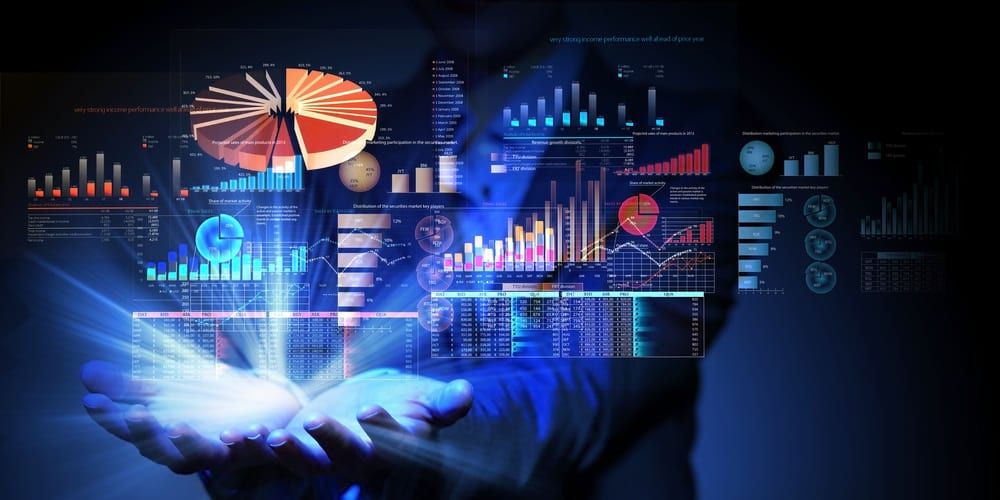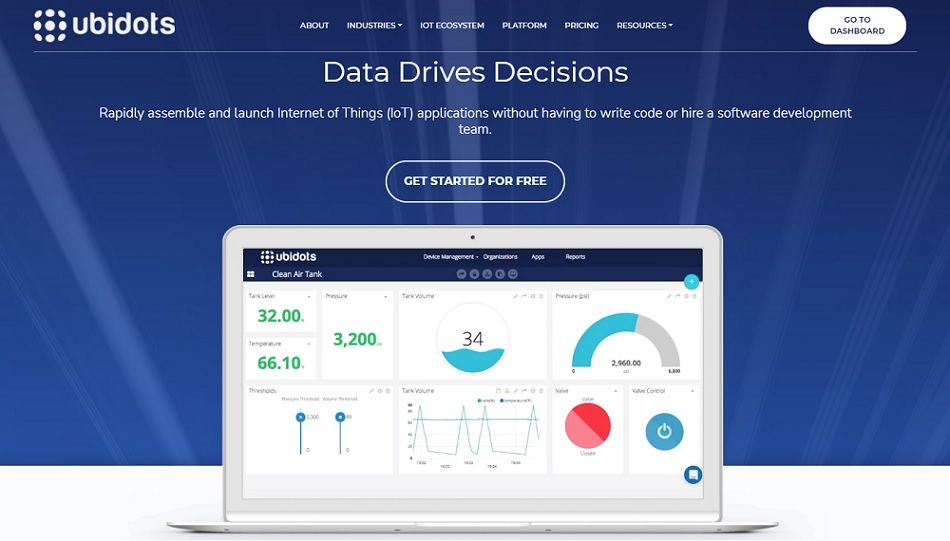Here’s How IoT Data Collection Works [Complete Guide]
IoT data collection is the process of using sensors attached to your physical devices to track important variables. This data helps you make more informed and better decisions.

Every company using the Internet of Things (IoT) needs a robust system for IoT data collection. The data collection process plays a pivotal role because it helps you collect real-time data from all your devices whether they are remote or on-site.
» FREE TRIAL: Launch Your IoT Application To Market in Less Than 30 Days with Ubidots IoT Device Management Dashboard
This comes with a ton of benefits, including the possibility of implementing predictive maintenance and swift decision making. Let’s have a closer look at how IoT data collection works.
What Is IoT Data Collection?
IoT data collection involves the use of sensors to track the performance of devices connected to the Internet of Things.
The sensors track the status of the IoT network by collecting and transmitting real-time data that is stored and retrieved at any moment in time.

3 Types of IoT Data Collection
1. Equipment Data
This is the type of data that concerns the status of machines or the IoT devices themselves. Equipment data is collected in real time to facilitate activities of predictive maintenance.
As a result, it saves the system lots of energy costs while enhancing machine productivity and longevity.
To make equipment data more useful, it should be converged at a centralized platform to offer accessibility to line workers, tactical management, and top executives.
2. Submeter Data
Submetering allows property owners to automate the measurement of individual utility usage in multi-user settings.
Submeter data can be collected in buildings where multiple tenants use resources like water, electricity, gas, or cable.
Digital submetring devices reduce measurement costs, errors, and improve timeliness during the billing process.
3. Environmental Data
IoT sensors can measure and monitor environmental data such as:
- Humidity.
- Temperature.
- Movement.
- Air quality.
These streams of data serve as a basis to track physical work conditions to avoid calamities like floods and air toxicity.
How IoT Data Collection Works
Several layers interplay to make the IoT data collection process work.
Device Layer
In the IoT architecture, devices that communicate with each other form the primary layer. These devices include sensors that track environmental data, bluetooth devices, low-power radio-based devices, actuators, and so on.
IoT devices can be categorized under the following identities:
- A built-in chip-like unique identifier (or UUID) placed inside of a device.
- An identifier that depends on radio IoT data collection systems, for instance—Wi-Fi MAC, Bluetooth, and so forth.
- An identifier located inside the system’s programmable non-volatile memory (EEPROM).
- A refresh/bearer token.
Communication Layer
This layer lets devices communicate with one another using protocols such as:
- HTTP/HTTPS— This is a basic text-based protocol supported even by low-end 8-bit devices.
- MQTT— It's a protocol designed to handle embedded systems and optimized to support IoT. It is known for a wide community of followers, as well as a robust asset library.
- CoAP— This protocol is based on HTTP semantics, and scores more footprint. Compared to MQTT, CoAP is more difficult to connect to firewalls and has poorer library support.
IT Edge Layer
This layer consists of the hardware, firmware, and operating system of your IoT devices.
It‘s responsible for reading sensors attached to a device and changing the state of a device, say when a voice command is detected.
Event Processing Layer
This layer processes and stores data collected from IoT devices.
Other processes that occur in this layer include:
- Data cleaning.
- Adding metadata to IoT data.
- Organizing data insights.
The event processing layer can be built via a database-powered server-side application like a JAX RS tool. You can also create this layer using IoT cloud services to process and store IoT data.
Client Communication Layer
This layer transfers data from the device to the user. It acts as a bridge between back-end databases and front-end interfaces for end users of the data.
This data gets out of the system through machine-to-machine APIs that relay IoT insights to an end-user via web or mobile application.
For many reasons, all these intricate layers of technology come with several hurdles that companies need to overcome. Here are some of them.
Challenges of IoT Data Collection
Security
Throughout the data collection, processing, and storage stages, security is a major concern. Because a lot of the data involved may be sensitive, substantial efforts have to be made to safeguard it from invasion.
Compatibility
IoT systems widely vary in architecture and protocols. Many tools may not be able to support sensor data and information from custom IoT devices.
Large Data Sets
IoT data collection typically involves capturing huge amounts of data streams. Moreover, this data has to be prepared for teams to gather some useful insights from it.
This calls for the need for flexible strategies that optimize data collection, storage, preparation, and extrapolation.
Consistency
It is costly to ensure consistent communication amongst devices on your IoT network. Other activities such as information processing, storage, and preemptive feedback procedures are not simple to run on a non-stop, daily basis.
The Importance of IoT Data Collection
-
Better User Experience
Automated IoT data collection helps you understand the needs and habits of your end users. As you collect data and draw insights, you get a better picture of on-ground usage of your service or product.
For example, if your sensory data shows that your facial recognition software takes an average of four scans to open a device in low ambient light, this can be a sign that it needs to be tweaked.
By continually revisiting user data and reconstructing your algorithms based on these reports, you get to learn more about your end-user’s habits. This ultimately puts you in a position to serve them better.
-
Asset Maintenance
Live data enables developers and managers to monitor the state of affairs of a given piece of infrastructure or equipment. Consequently, any significant wear and tear can be predicted for which repairs can be enacted on time.
The benefit of doing this is that it preserves the asset, prevents undue replacements, and cuts costs of replacement.
-
Efficient Use of Resources
Automated data collection serves the purpose of knowledgeable decision-making. Other than acting on the basis of predetermined standards, you get to manage your assets using live data that eliminates a great deal of uncertainty.
As breakdowns are anticipated and maintenance is scheduled on time, your machinery lasts longer.
-
Synergy in Systems
A typical IoT system comprises several components. While these might function smoothly on their own, collectively, there may be some unexpected hiccups.
IoT data collection mitigates these setbacks by identifying malfunctions and their causes, especially before they happen.
Holistically, this data helps you to grade the overall efficiency of your IoT system.
IoT Data Collection: Do It the Right Way!
As can be seen, IoT data collection is the backbone of any IoT system. Although it involves a lot of complexities to make it work, the IoT data collection, with help from an expert, should be a smooth sail for any business. This is where Ubidots comes in.

Our reputation in IoT network solutions and cloud computing precedes us. Trusted by 100,000 developers worldwide, Ubidots is home to everything IoT. Reach out today to experience personalized service that prioritizes quality over speed.
Originally published 30 Dec 2021
Frequently Asked Questions
What types of data do IoT devices collect?
- Equipment data.
- Submeter data.
- Environmental data.
What are the categories of IoT devices?
- A built-in chip-like unique identifier (or UUID) placed inside of a device.
- An identifier that depends on radio IoT data collection systems, for instance—Wi-Fi MAC, Bluetooth, and so forth.
- An identifier located inside the system’s programmable non-volatile memory (EEPROM).
- A refresh/bearer token.
Where does IoT data collection begin?
It begins on the device layer, a collection of IoT devices that have data collecting sensors.
How much data do IoT devices collect?
By 2025, it is estimated that IoT devices will collect 79.4 zettabytes of data.


